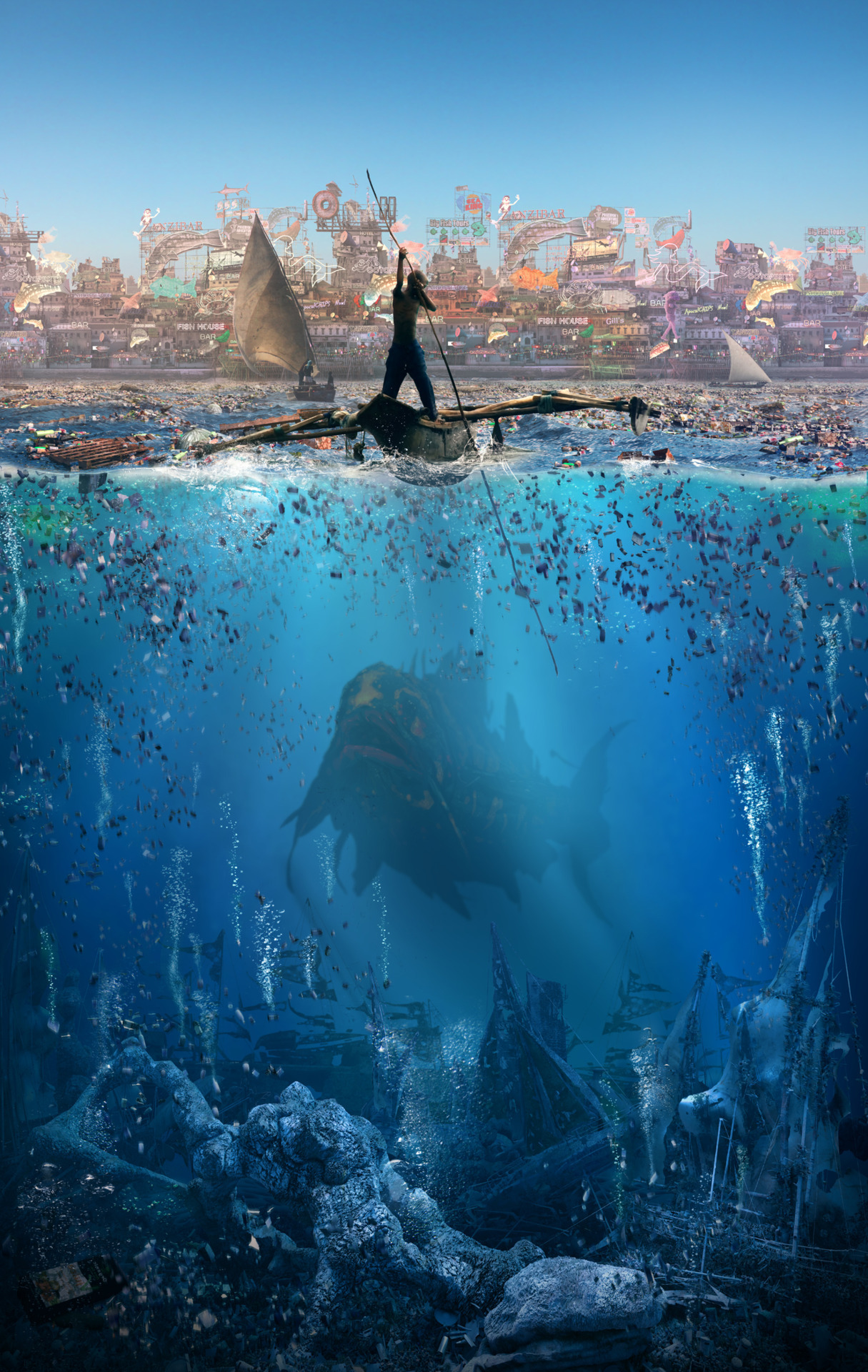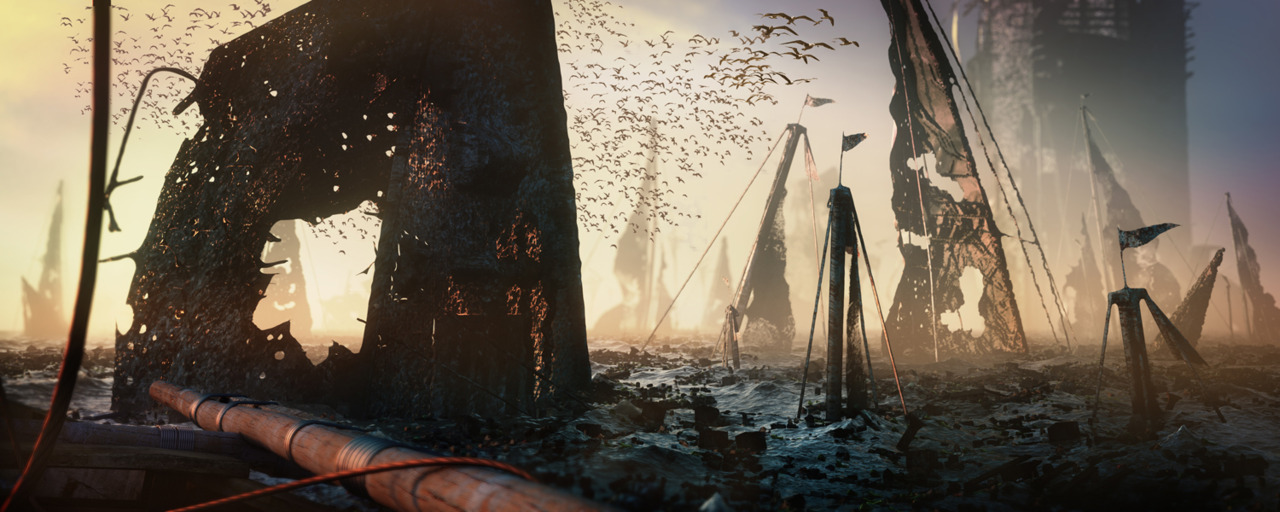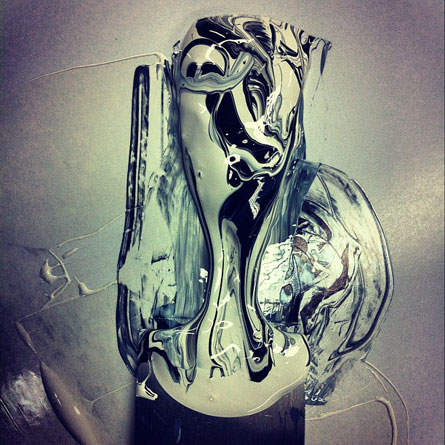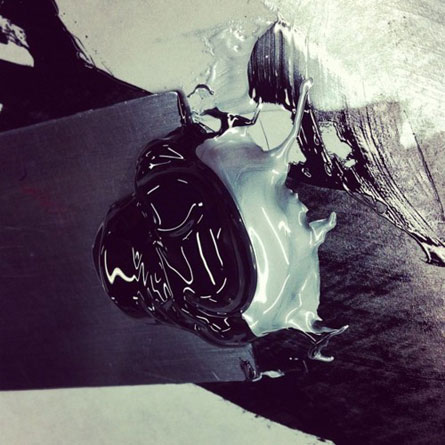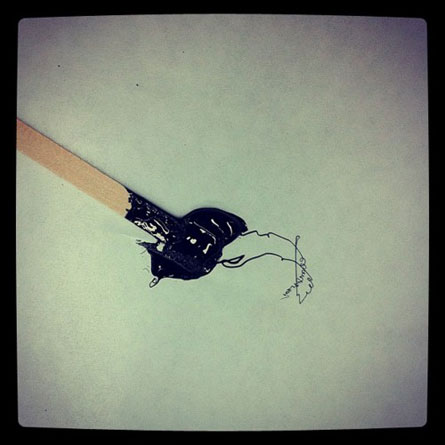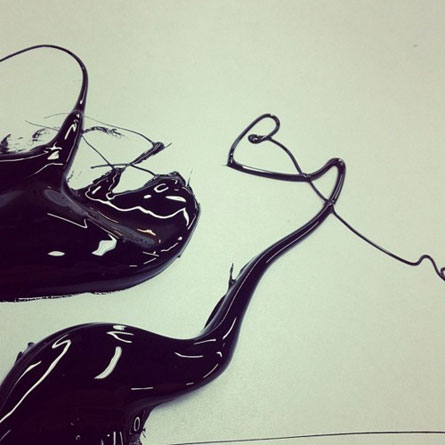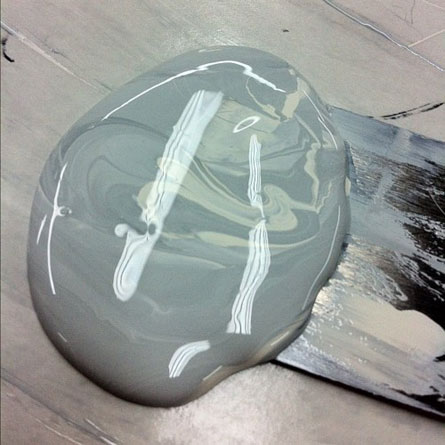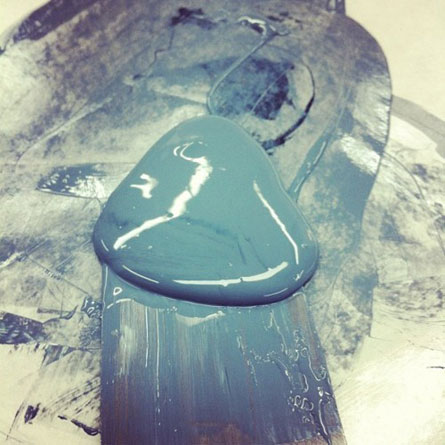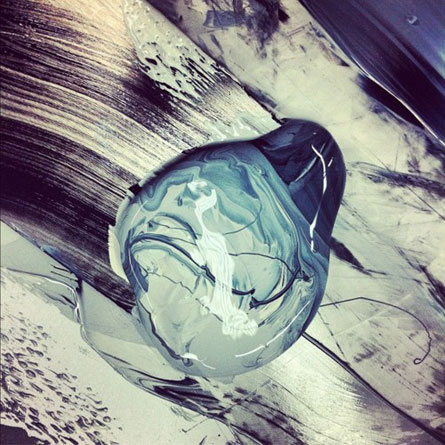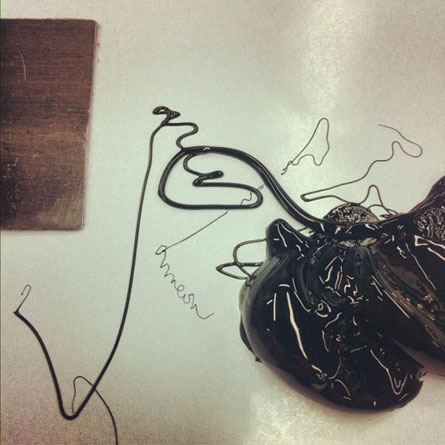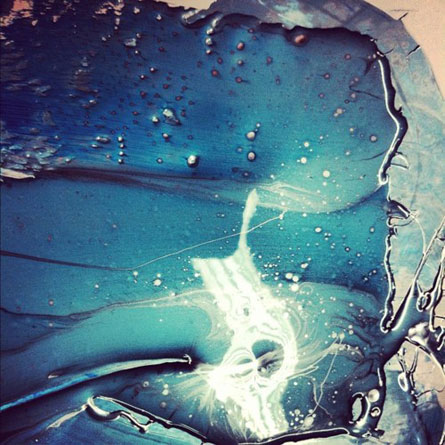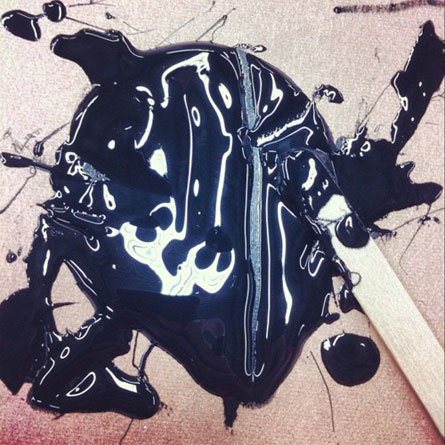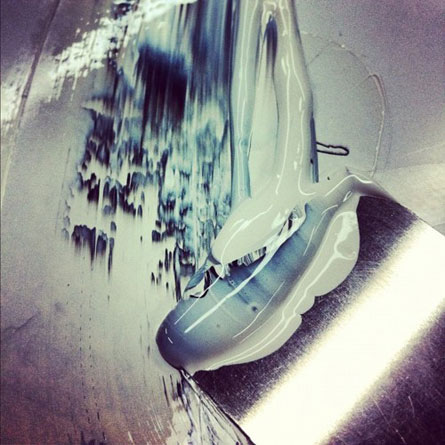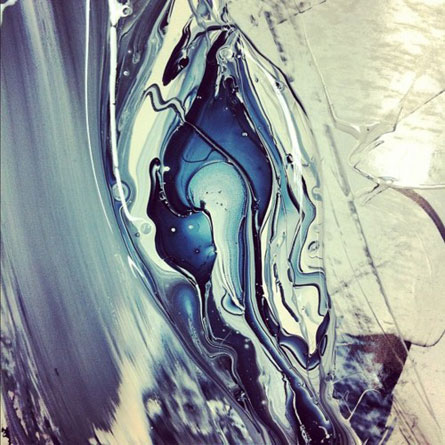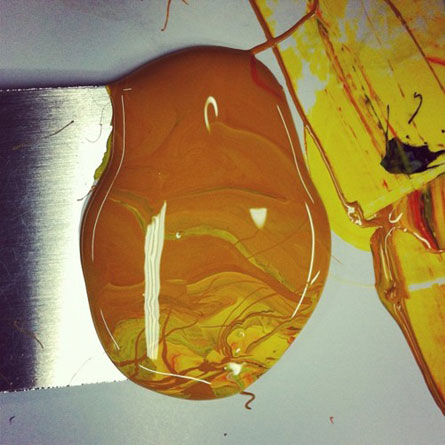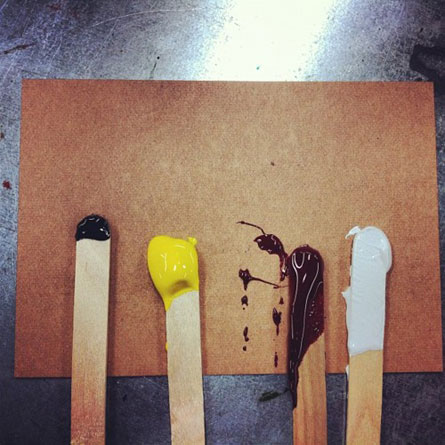I had my first brush with typography when I had a subject about
freehand lettering in high school. In that class I was exposed to
lettering and some of typography’s history. From there, I began admiring
different type designs on printed material, from magazines (Ray Gun,
Esquire) to posters (“Your Turn, My Turn” and “International Zeitung”
posters) and, later on, films and documentaries featuring typography.
Recently, I watched
Helvetica (again), the 2007 documentary
about the typeface of the same name. I found it very interesting as it
is focused on the rise, effectiveness, and eventual ubiquity of the
Helvetica typeface. It also provides, as you watch through the
documentary, a guide on how typeface must be applied in graphic design
and its related fields, i.e., advertising, marketing, and design in
general.
Helvetica approached design in a philosophical and
psychological way. The designers interviewed for the film were notable
personalities in design and typography. They shared different insights
on the beauty of type and the functionality of Helvetica in particular.
They explained the idea of the proper typeface: an immovable, firm
object that floats in space, like air, infinite and unseen yet right in
front of us.





















